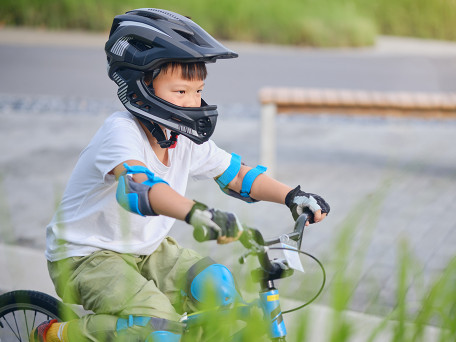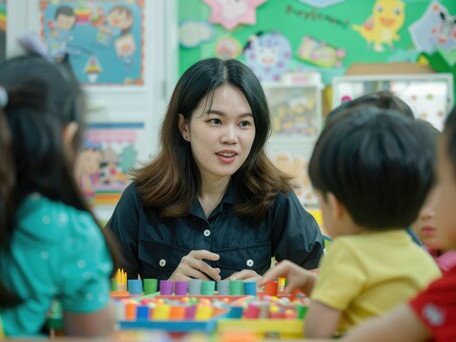Balance Bike: An Evidenced Solution for Better Postural Stability and Control in Children
- 项目计划:
- 优配研究金
- 项目年份:
- 2023/24
- 项目负责人:
- 周志清博士
- (健康与体育学系)

A recent new method to teach cycling is to adopt a balance bike, a conventional bike without pedals, which allows novel cyclists to experience controlling their centre of mass on the wheels so they can glide on a bike with their feet off the ground.
Cycling independently is a foundational movement skills. However, 9.7% of people around the globe do not know how to ride a bicycle. This would be equivalent to approximately 65 thousand primary and secondary school students in Hong Kong. Learning to cycle relies heavily upon family, and younger cyclists with less than two years of experience are usually prone to accidents, especially single-bike crashes. Thus, it is vital to introduce children to cycling at an earlier stage of their lives. Unfortunately, at the family level, guardians do not usually prioritise children learning this skill, possibly due to financial status and/or the lack of expertise.
Consequently, school programmes play an important role here.
Cycling performance relies on controllable cycling stability to deal with various cycling scenarios. During a bicycle ride, lateral deviations tend to be the predominant perturbation. A recent new method to teach cycling is to adopt a balance bike, a conventional bike without pedals, which allows novel cyclists to experience controlling their centre of mass on the wheels so they can glide on a bike with their feet off the ground. Evidence has shown that using a balance bike could reduce the starting age and the duration of learning. Our pilot intervention study demonstrated the effectiveness of a novel balance bike training programme for adults. However, the causal relationship between cycling performance, postural control, and training efficiency among children is still unidentified.
To date, wearable inertial measurement units allow researchers to quantify the postural sway during upright stance and cycling dynamic scenarios. In addition, it allows researchers to assess participants’ postural control in real-case scenarios. Therefore, this research aims:
- to quantify the postural stability to compare the performances of school-aged children who can (cyclists) and cannot cycle independently (non-cyclists) during upright stance and riding on a balance bike,
- to investigate the effectiveness of a novel balance bike intervention for improving the riding cycling stability on a balance bike in non-cyclists,
- to investigate the effectiveness of the balance bike intervention for upskilling children’s motor skills and physical fitness as well as their cycling confidence on a two-wheel bike.
This proposed project will recruit 52 primary school students aged 6 to 9 from local schools. Among them, 12 will be required to have proficiency in cycling (cyclist group) while the other 40 will not (non-cyclist group). There are two stages:
- cross-sectional exploratory study and
- randomised control trial.








